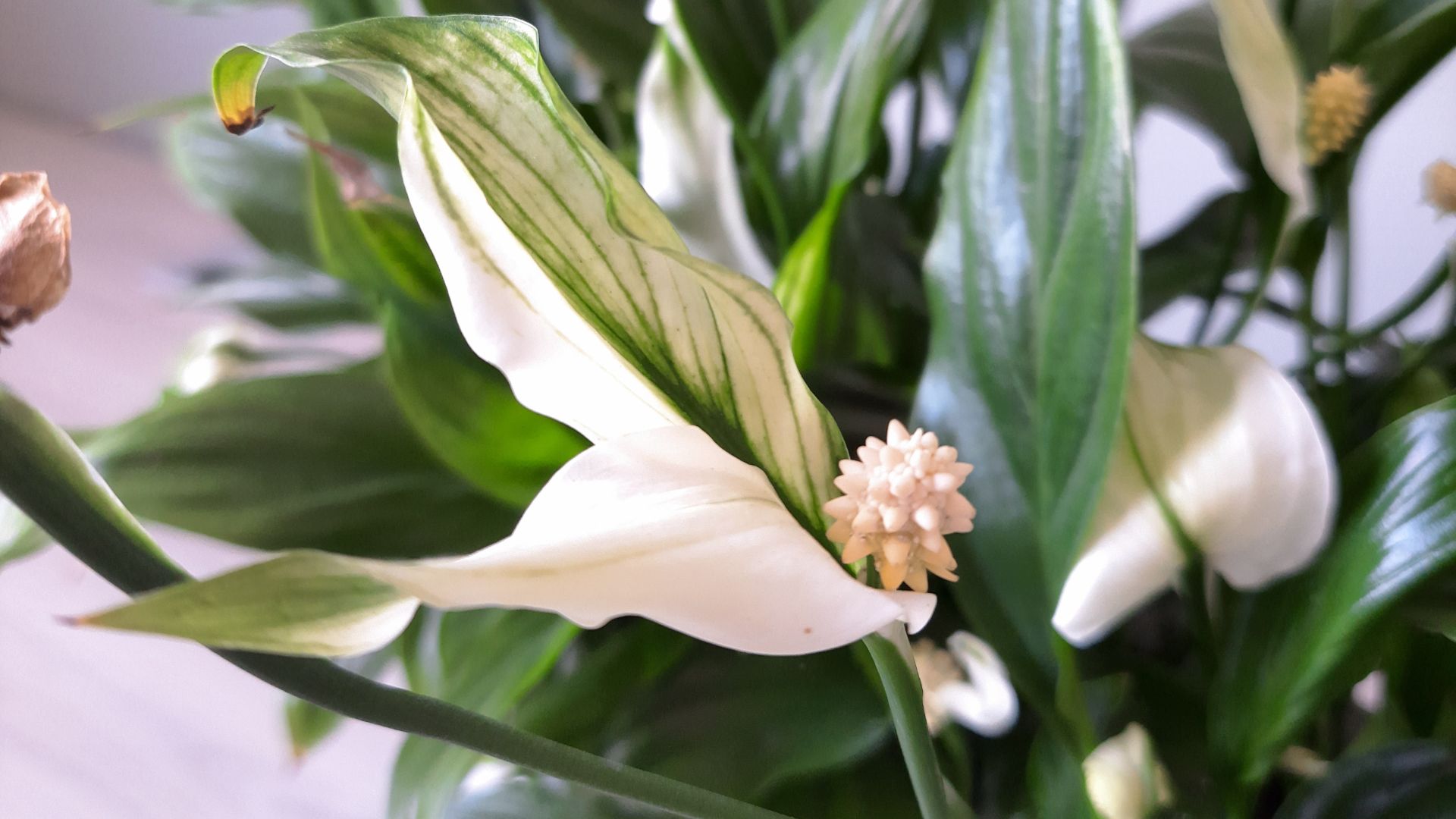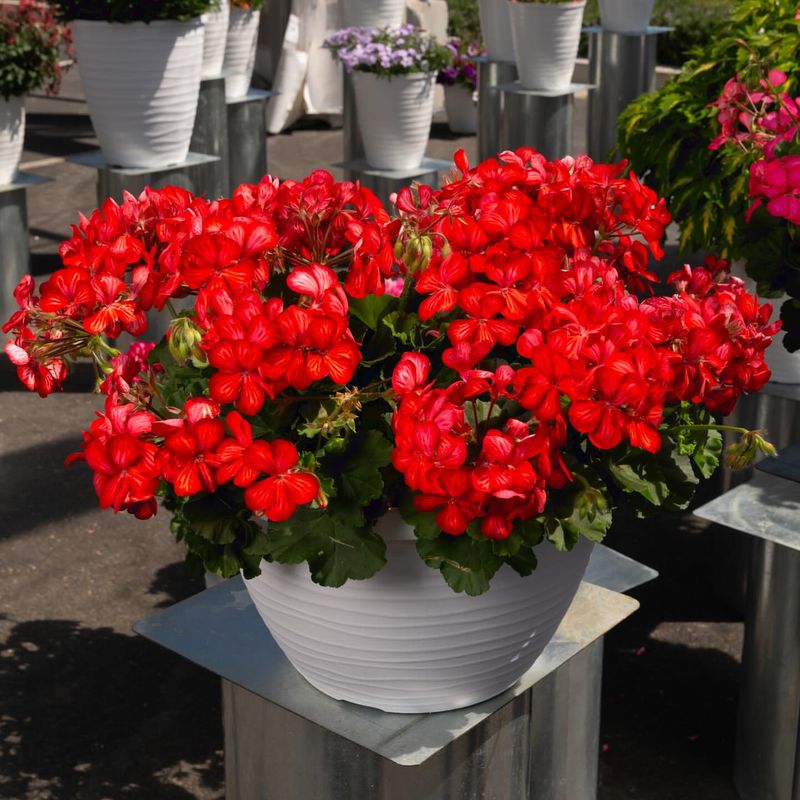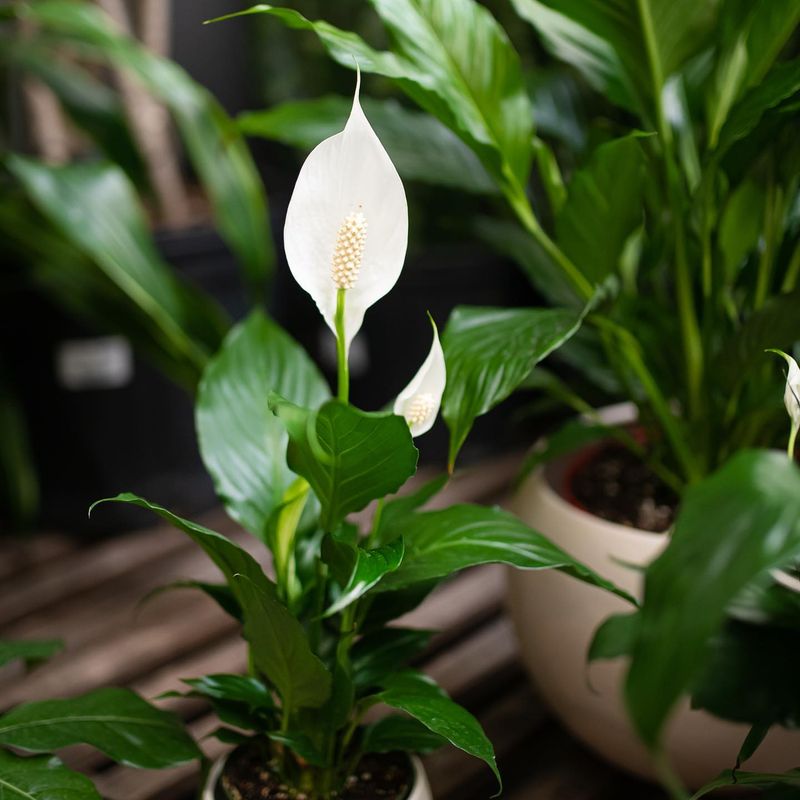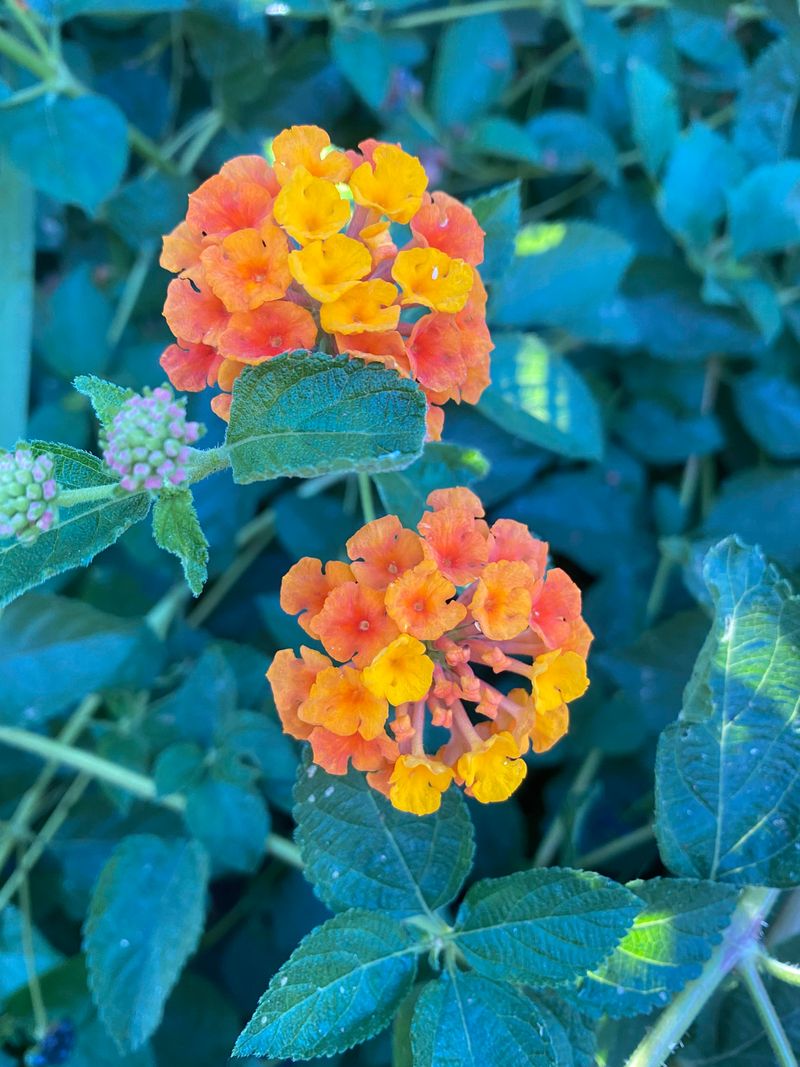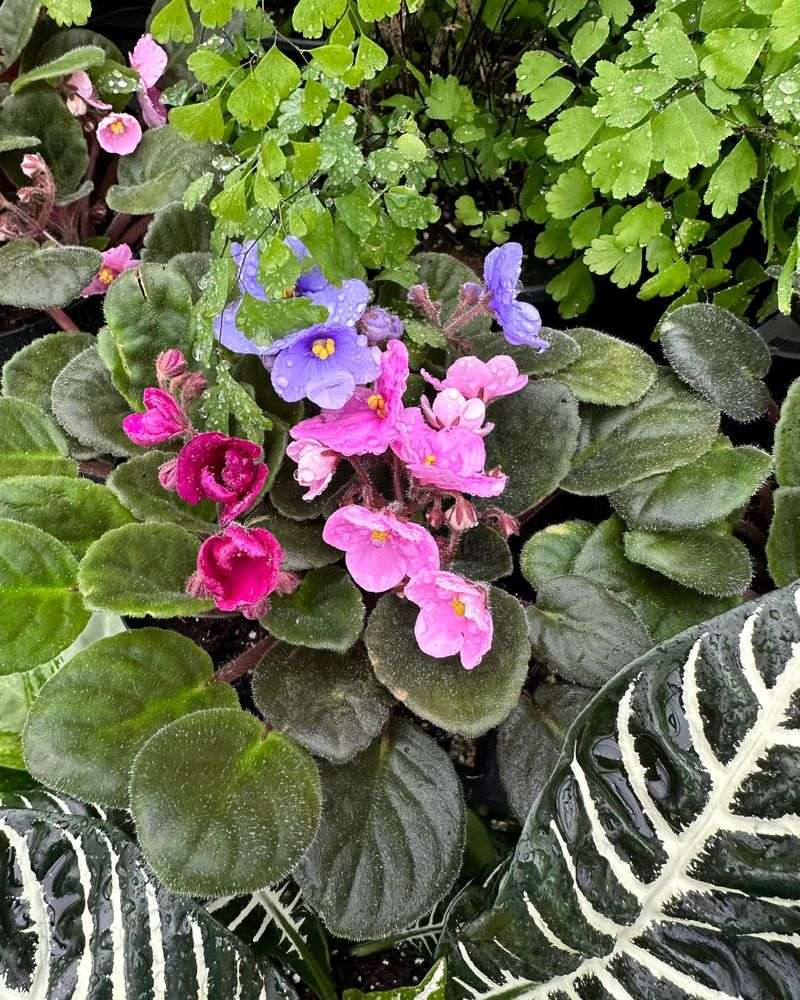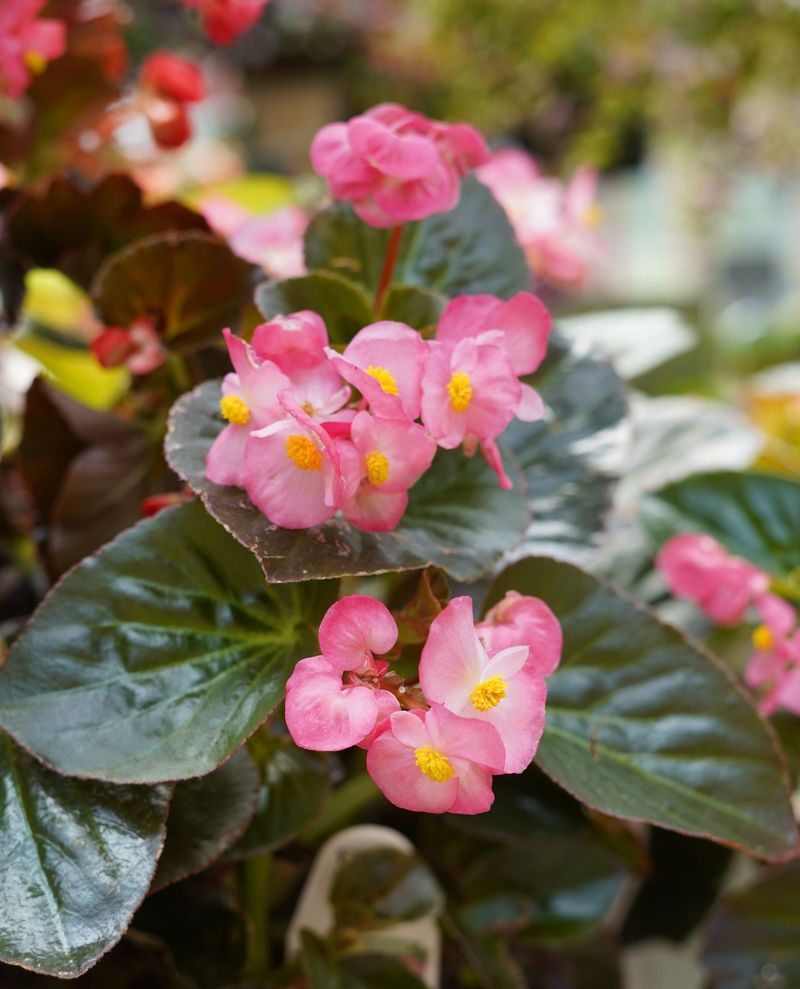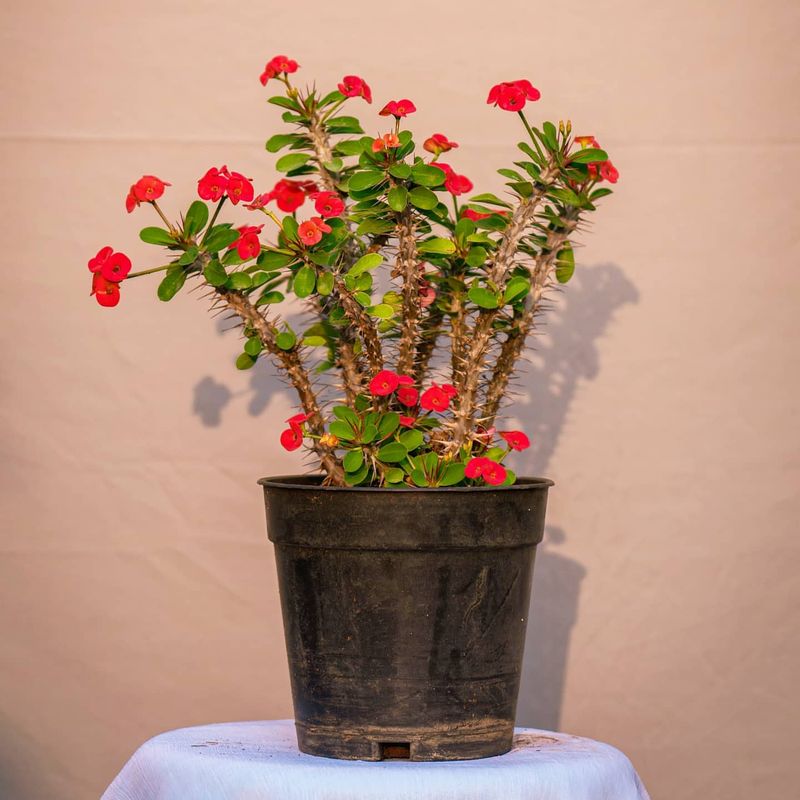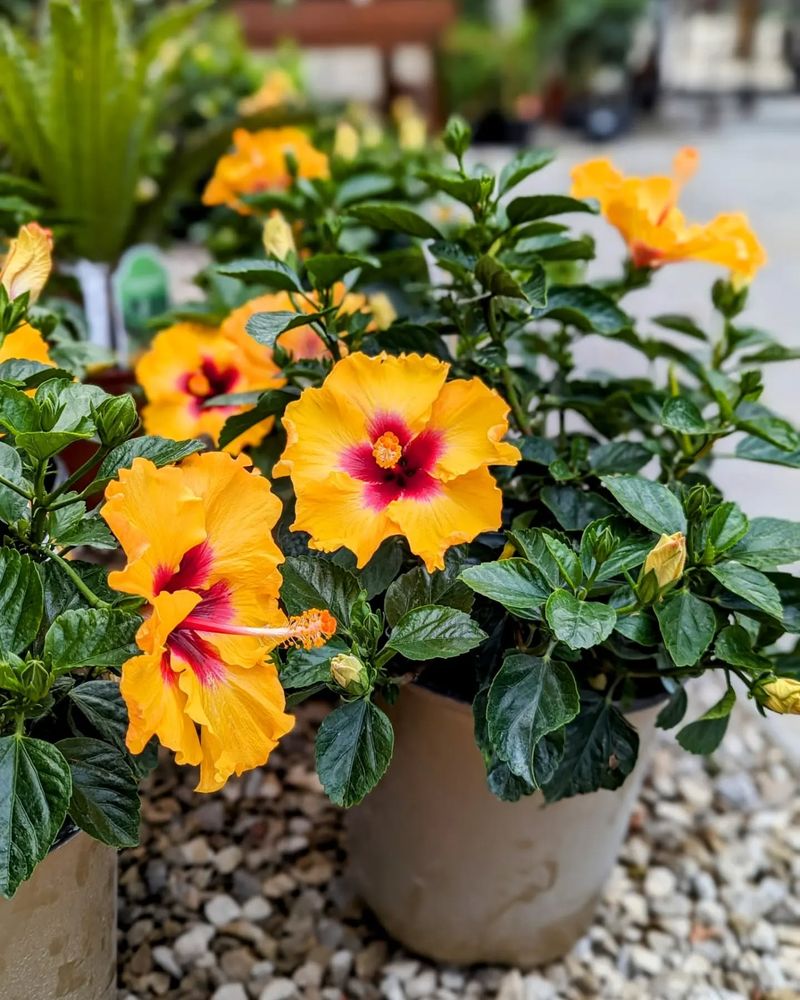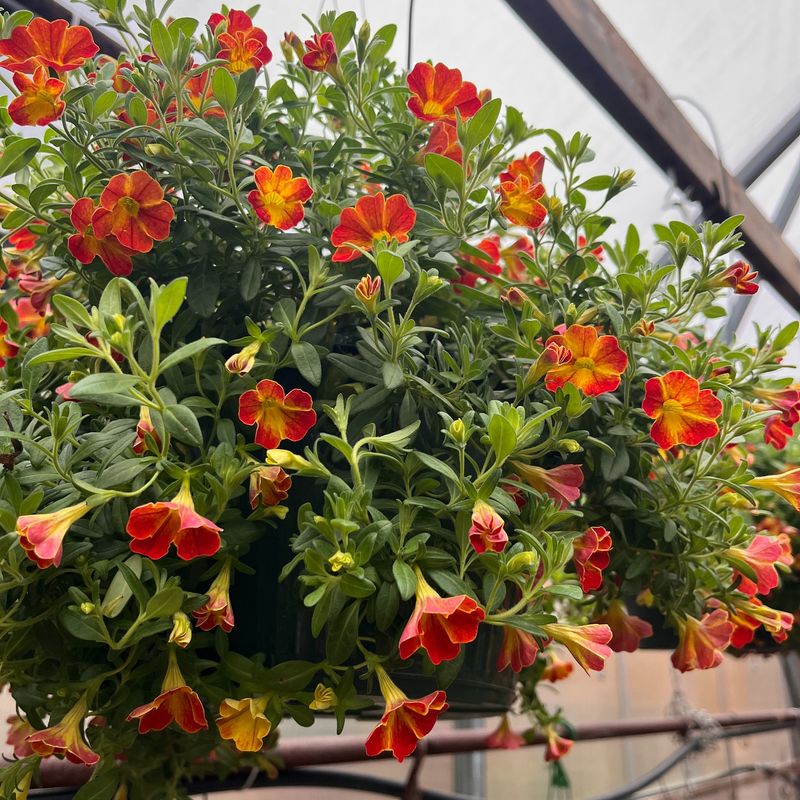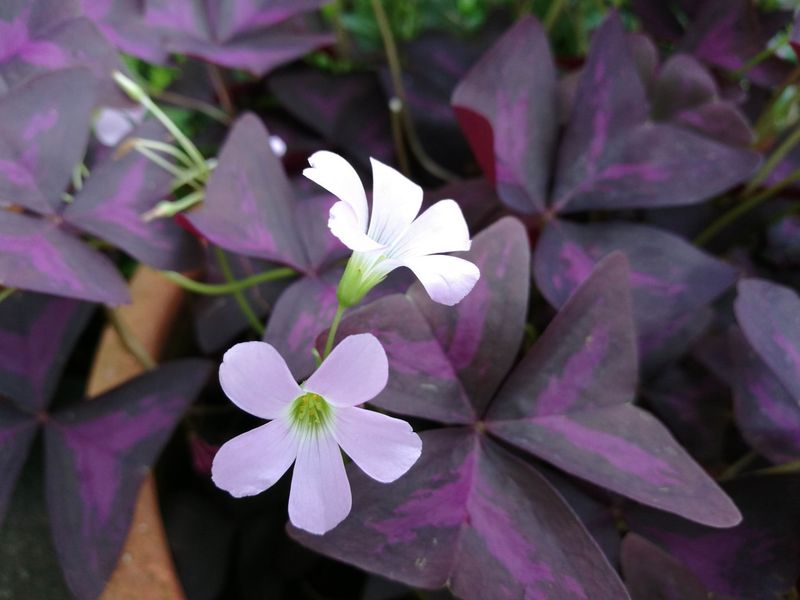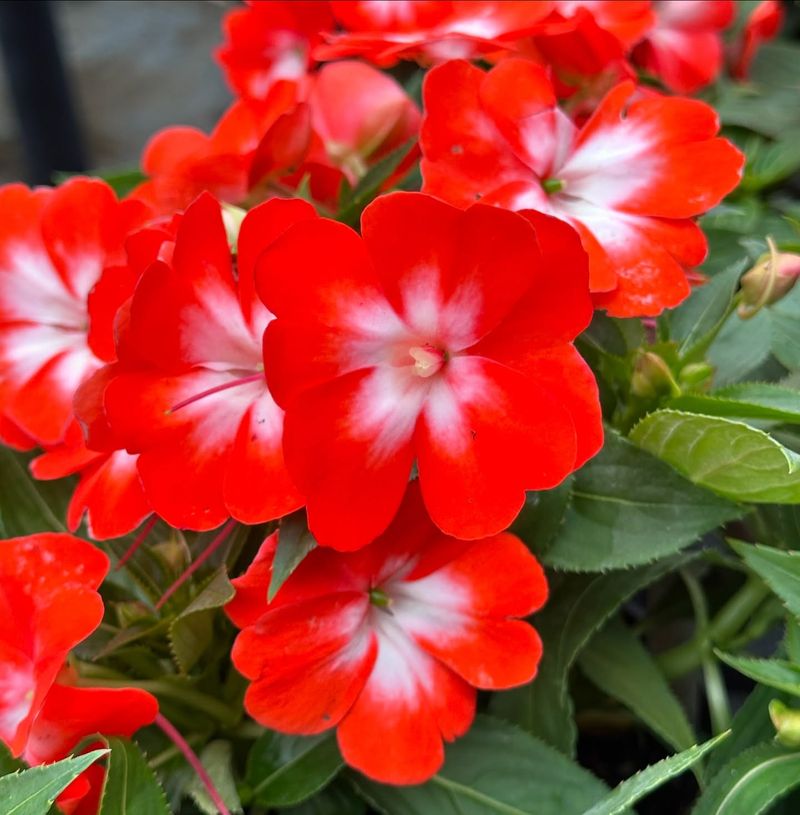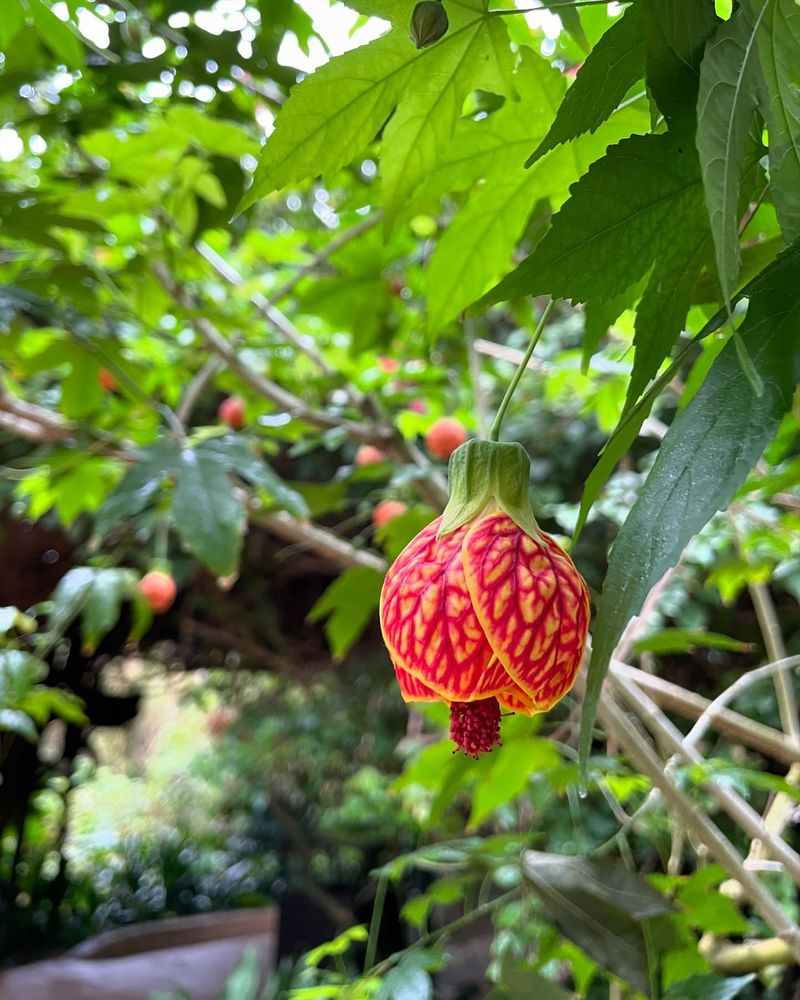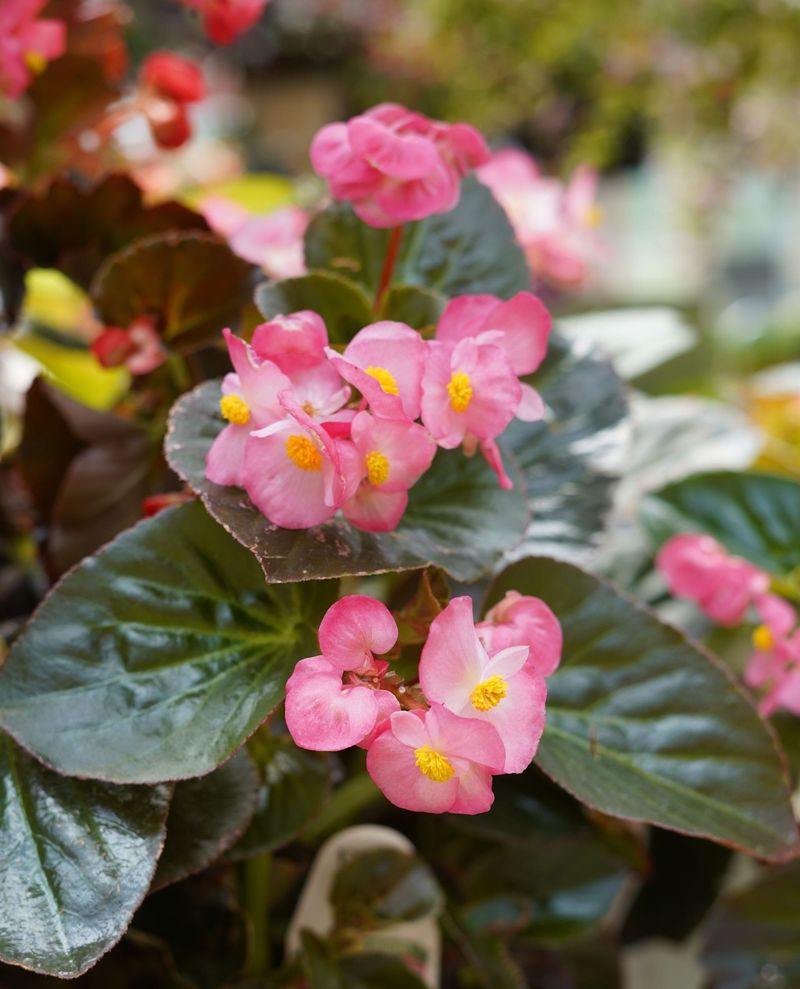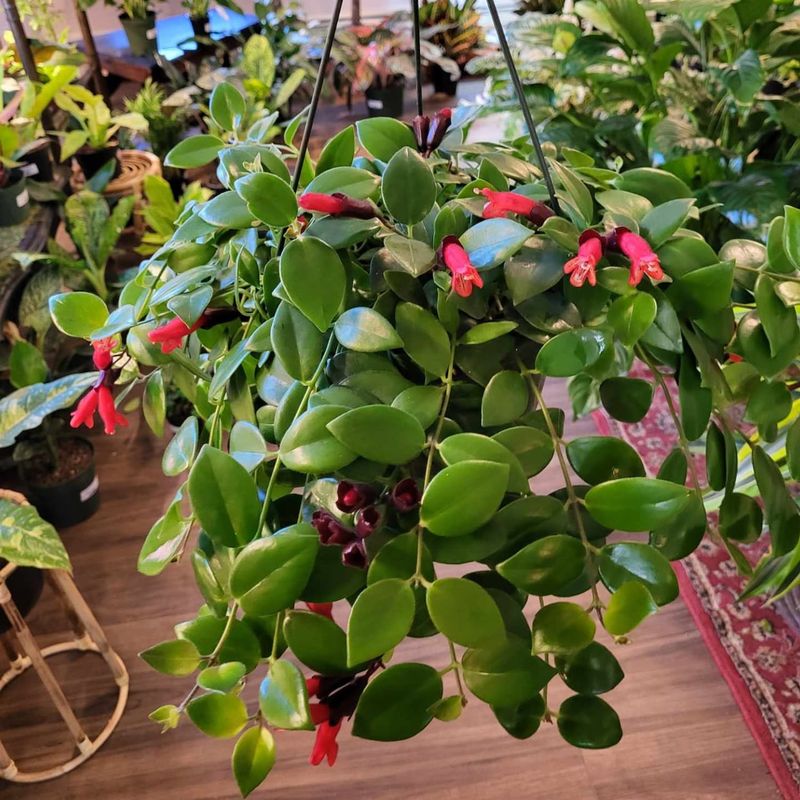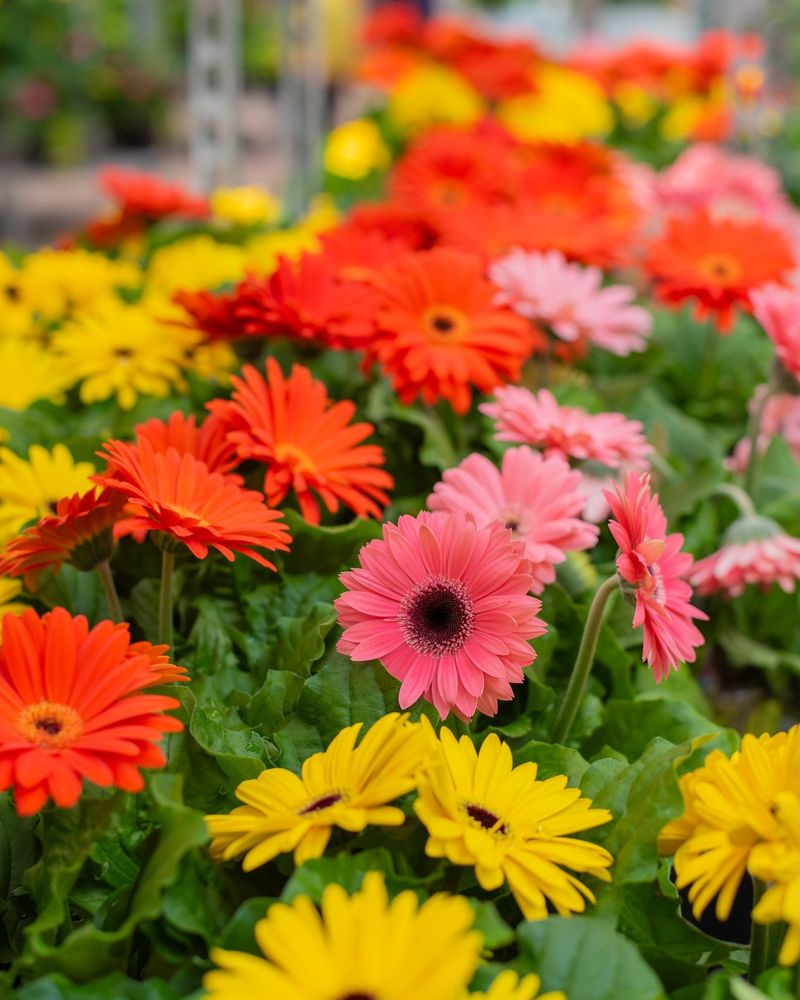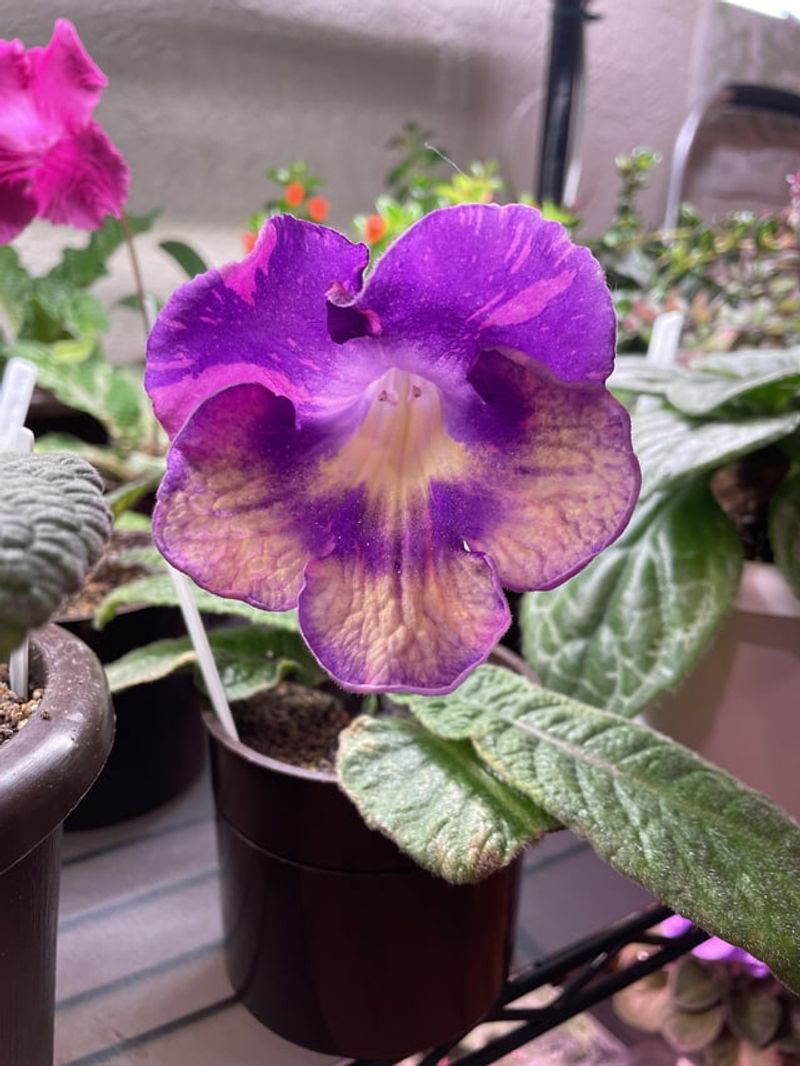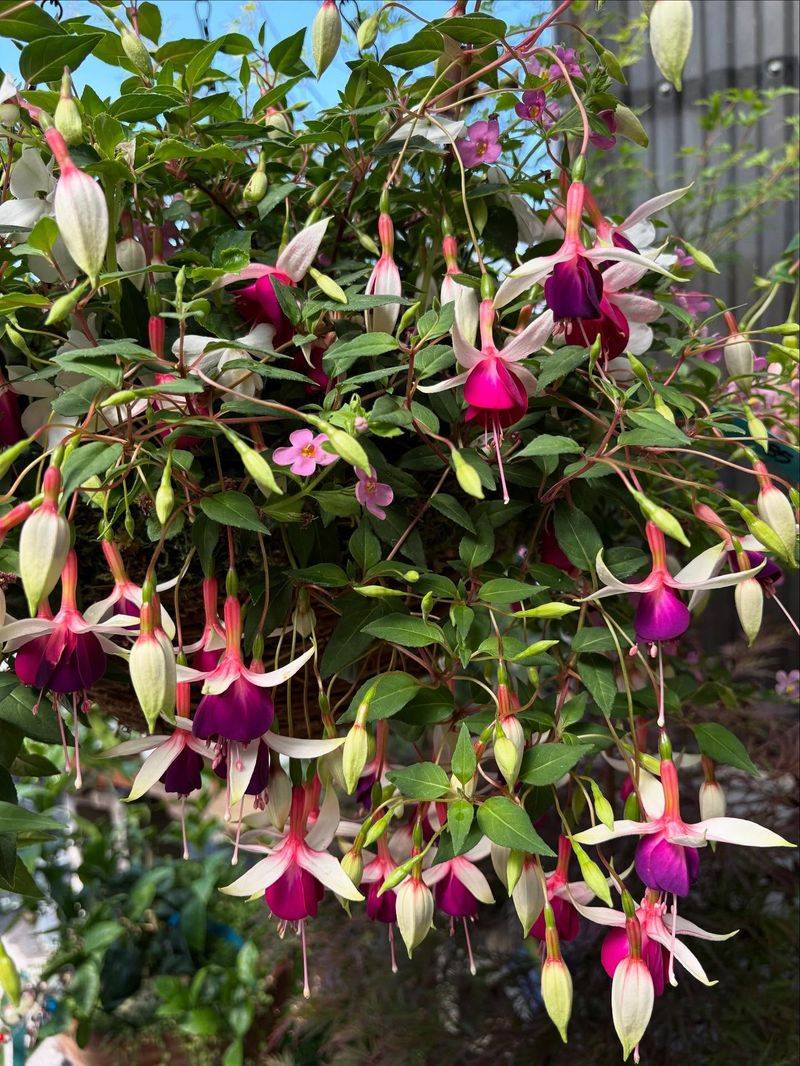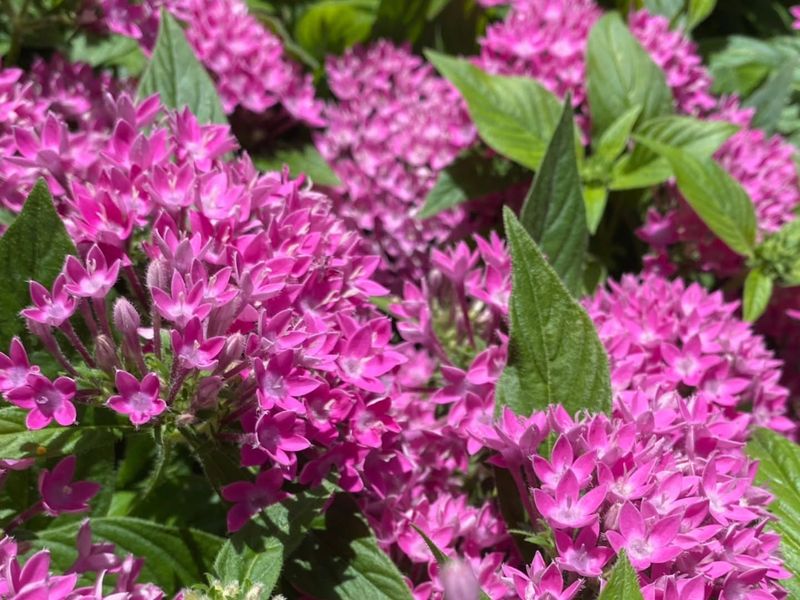Picture a garden that never fades—where vibrant blooms thrive through every season. With the right selection of flowers, you can enjoy a splash of color no matter the weather. It’s a living canvas that shifts beautifully all year round.
These steady bloomers do more than brighten a space; they lift your spirits daily. Whether you’re planting in a large backyard or a cozy windowsill, they bring life where you need it most. Each bloom is a small celebration of nature’s resilience.
Whether you’re deep in your gardening journey or just getting started, these plants offer a gentle kind of magic. They turn even the simplest corner into something special—an invitation to pause, breathe, and soak in the beauty that never quits.
1. Geraniums
Cheerful and resilient, these classic favorites keep producing flowers even when other plants have given up for the season. I’ve had mine flowering through three seasons with minimal fussing.
They thrive in containers where you can move them to protected spots during cold snaps. Just trim spent blooms regularly to encourage new ones.
In frost-free areas, they’ll bloom continuously, while in colder regions, bring them indoors near a sunny window where they’ll keep flowering through winter.
2. Peace Lily
Elegant white spathes rise above glossy dark green foliage, making this houseplant a standout performer. Unlike fussier bloomers, peace lilies tell you when they need water by slightly drooping their leaves.
They prefer indirect light and can flower even in low-light conditions that would leave other plants struggling. My office peace lily blooms reliably despite being tucked in a corner away from windows.
Keep them away from cold drafts and they’ll reward you with waves of pristine white flowers throughout the year.
3. Lantana
Multi-colored flower clusters change hues as they mature, creating a kaleidoscope effect that butterflies find irresistible. Heat and drought only seem to make lantana happier and more floriferous.
The plant forms a woody base over time, getting more prolific with age. In my experience, cutting it back hard in early spring leads to even more abundant flowering.
Southern gardeners enjoy lantana as a perennial shrub with nearly constant blooms, while northern gardeners can grow it as a spectacular summer-to-frost annual or bring it indoors.
4. African Violet
Velvety petals in purple, pink, or white create an old-fashioned charm that’s stood the test of time. These compact beauties have been brightening windowsills for generations.
Under proper care, they bloom almost continuously indoors. The secret is consistent moisture without wetting the fuzzy leaves, which can develop brown spots if splashed.
Keep them in bright, indirect light and rotate the pot occasionally to prevent lopsided growth. Something about their modest size and constant flowering makes them particularly endearing houseplants.
5. Begonias
The textured, often colorful foliage would be reason enough to grow these adaptable plants, but their continuous blooms make them truly special. Fibrous types flower most prolifically, with clusters of delicate blooms hovering above the leaves.
They’ve become my go-to for shady spots where most flowering plants struggle. Even in my north-facing bedroom, they keep producing flowers month after month.
While they prefer humidity, they’re surprisingly forgiving if you forget to water occasionally. Just protect them from cold drafts and direct afternoon sun to keep them blooming.
6. Crown Of Thorns
Don’t let the thorny stems fool you – this desert plant produces charming flowers in shades of red, pink, or yellow nearly all year long. The blooms appear in clusters among small, oval leaves.
Native to Madagascar, it thrives on neglect and actually flowers more when slightly pot-bound. Last summer, mine bloomed nonstop despite weeks of heat above 90 degrees.
Just place it in a sunny window, water sparingly, and watch it flourish when other plants would wither. Be careful handling it though – those thorns mean business!
7. Hibiscus
Tropical showstoppers with dinner-plate sized blooms that create instant vacation vibes wherever they grow. Each flower lasts just a day, but plants produce new ones constantly in warm weather.
Tropical varieties can bloom year-round in frost-free areas or as houseplants. Mine spends summers outdoors and winters by a sunny window, flowering through both seasons.
The key to continuous blooms is bright light, consistent moisture, and regular feeding. Watching these massive flowers unfurl each morning feels like witnessing a small miracle every day.
8. Kalanchoe
Clusters of tiny, star-shaped flowers in vivid reds, oranges, pinks, or yellows sit atop thick, succulent leaves. The contrast between the delicate blooms and sturdy foliage creates an appealing balance.
As a succulent, it stores water in its leaves, making it incredibly forgiving if you occasionally forget to water. The flowering season naturally lasts for weeks, but with the right care, reblooming is possible.
Place in bright, indirect light and allow soil to dry between waterings. After blooming, cut back the flower stalks and reduce watering to encourage another round of flowers.
9. Million Bells
Tiny trumpet-shaped flowers blanket these trailing plants so densely you can barely see the foliage. They come in nearly every color imaginable and bloom without deadheading.
Heat, humidity, and even light frost don’t phase these resilient plants. Last year, mine were still flowering in November when everything else had quit for the season.
They’re perfect for hanging baskets where their cascading habit can be showcased. In frost-free areas, they’ll bloom continuously, while in colder regions, they can be overwintered indoors near a sunny window.
10. Oxalis
Also known as shamrock plant, its clover-like leaves fold up at night and open again each morning in a daily dance. The delicate five-petaled flowers hover above the foliage on thin stems.
Purple-leaved varieties with pink or white flowers are especially striking. Mine has become a conversation starter in my kitchen window where it’s been blooming for months.
They prefer bright, indirect light and slightly moist soil. If flowering slows, a brief dormant period with reduced water will often trigger a fresh flush of blooms afterward.
11. Impatiens
Shade-loving workhorses that produce an abundance of flat-faced flowers in candy colors. New Guinea varieties offer larger blooms and more sun tolerance than traditional types.
Unlike many flowering plants, they perform better in shade than sun, making them perfect for north-facing windows or shady porches. I’ve kept them blooming indoors all winter after rescuing them from the garden in fall.
Keep soil consistently moist but not soggy, and they’ll reward you with non-stop color. Their ability to bloom in low light conditions makes them especially valuable for brightening dim corners.
12. Flowering Maple
Despite its name, this isn’t a maple at all but an abutilon with charming pendant blooms resembling tiny paper lanterns. The maple part comes from its distinctively shaped leaves.
Flowers can be yellow, orange, pink, or red, often with contrasting veining. My grandmother kept one blooming by her kitchen window for over a decade.
They bloom heaviest in spring and fall but produce flowers year-round with proper care. Provide bright, indirect light, protect from hot afternoon sun, and pinch back occasionally to encourage bushier growth and more flowering points.
13. Wax Begonia
These garden standbys have waxy leaves (hence the name) and clusters of simple flowers that just keep coming. Bronze-leaved varieties add extra visual interest with their dark foliage.
Unlike their fancy-leaved cousins, wax begonias are incredibly tough and weather-resistant. During a particularly brutal summer, they were the only things still flowering in my community garden.
They transition beautifully from garden to windowsill when frost threatens. With bright light and occasional fertilizing, they’ll keep producing their cheerful little blooms through winter until it’s time to go outside again.
14. Lipstick Plant
Tubular red flowers emerge from dark buds that really do look like tubes of lipstick—hence the playful name. The trailing vines make it perfect for hanging baskets where the exotic blooms can dangle at eye level.
Native to tropical rainforests, it appreciates humidity but adapts well to average home conditions. Mine blooms in waves throughout the year, with short rests between flowering periods.
Place in bright, indirect light and keep soil lightly moist. Avoid cold drafts or hot, direct sun which can cause bud drop. Morning sun followed by afternoon shade creates the perfect balance for abundant flowering.
15. Gerbera Daisies
Cheerful, oversized daisy flowers in crayon-bright colors stand tall on sturdy stems. Their simple, happy appearance seems to instantly lift the mood of any space they occupy.
Often sold as gift plants, they can actually become long-term garden companions with proper care. In my zone 9 garden, they bloom from spring through fall, taking only a short winter break.
They prefer well-drained soil and bright light. Keep the crown slightly exposed when planting to prevent rot. In colder regions, they make excellent container specimens that can be brought indoors during winter.
16. Streptocarpus
Also called Cape primrose, these relatives of African violets produce trumpet-shaped blooms above velvety, strap-like leaves. The flowers often feature contrasting throat colors or striking veining patterns.
They bloom for extremely long periods—sometimes months on end—with multiple flowers emerging from each stalk. My kitchen window specimen has been in constant bloom for over a year.
They prefer bright, indirect light and evenly moist soil that never gets soggy. Unlike many houseplants, they actually appreciate being slightly pot-bound, which encourages more flowering and less foliage growth.
17. Fuchsia
Dancing on thin stems, the pendant, bicolor blooms resemble tiny ballerinas in tutus. Few plants offer such intricate, exotic-looking flowers that keep coming for months on end.
They perform best in cool, partially shaded conditions, making them perfect for north-facing windows or porches. During last summer’s heat wave, my fuchsia in a shady corner was the only plant that didn’t skip a beat.
Keep soil consistently moist and provide protection from hot afternoon sun. In mild climates, they can bloom year-round outdoors, while in colder areas they make excellent houseplants during winter.
18. Pentas
Star-shaped flowers cluster together in rounded groups, creating a fireworks-like display that butterflies and hummingbirds can’t resist. Available in reds, pinks, purples, and white, they maintain their color without fading.
Heat and humidity don’t bother these tropical natives—they actually seem to bloom more profusely when temperatures climb. During a record-breaking summer, they were still flowering magnificently while other plants struggled.
In frost-free areas, they’ll bloom year-round as perennials. Northern gardeners can enjoy them as summer annuals or bring them indoors to a sunny window for winter blooms.
19. Flowering Maple ‘Bella’
This compact variety of abutilon stays smaller than standard types, making it perfect for windowsills. The pendant, bell-shaped flowers hang like little lanterns among maple-shaped leaves.
Unlike many flowering houseplants that bloom seasonally, ‘Bella’ varieties flower nearly continuously with minimal care. The peach-colored version in my bathroom has been blooming for months despite the room’s fluctuating humidity.
They prefer bright, indirect light and appreciate a monthly dose of fertilizer. Pinch back occasionally to maintain bushiness and prevent legginess, which also encourages more flowering points.

